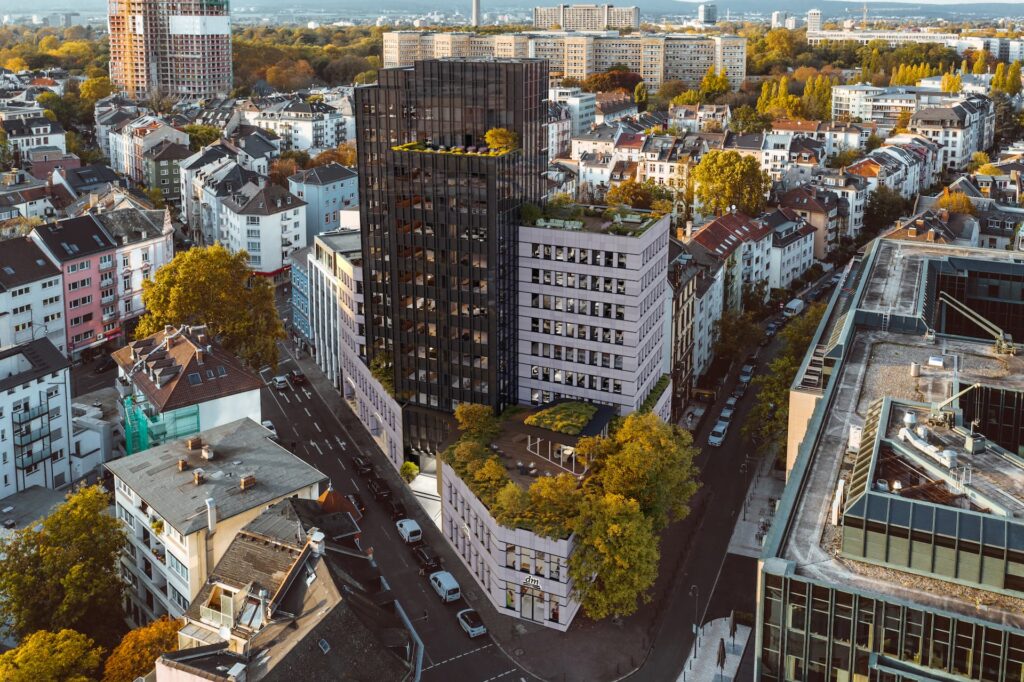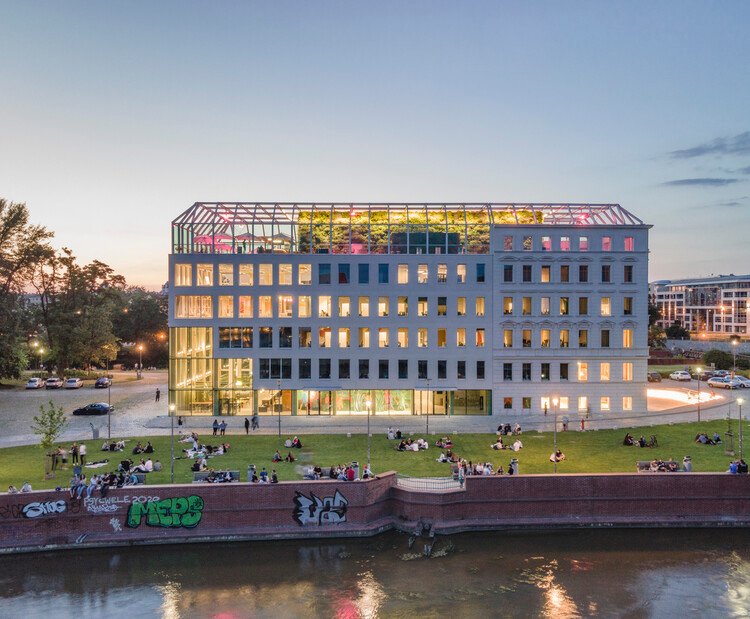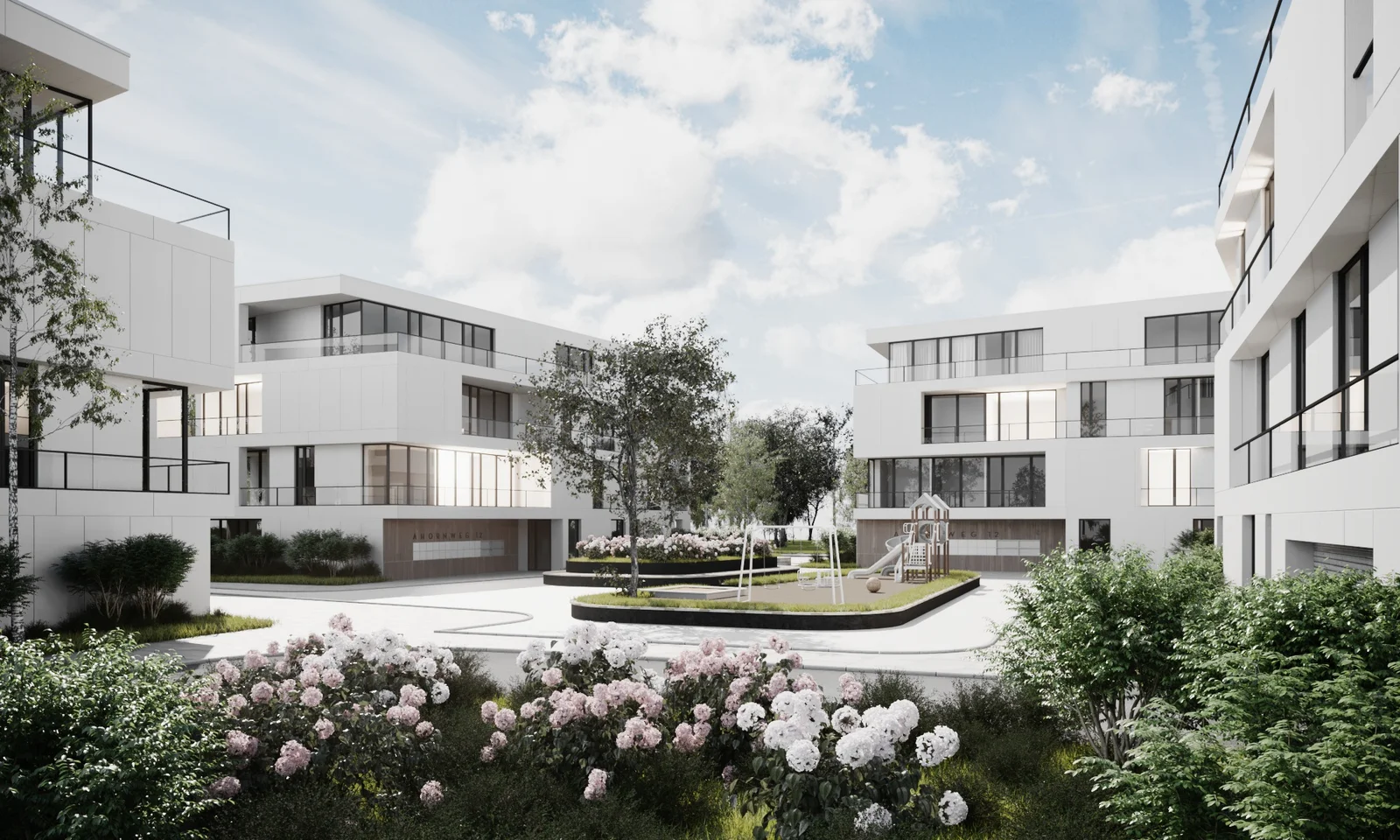Real-Time Ocean and Water Effects in Coastal Architecture Visualizations
Coastal architecture is a unique blend of aesthetics and functionality that requires careful consideration of the surrounding environment. The inclusion of realistic ocean and water effects in visualizations can drastically enhance the impact and understanding of these designs. This post aims to delve into how real-time ocean and water effects can bring a new dimension to coastal architecture visualizations.
Understanding the Importance of Real-Time Ocean and Water Effects
Before we dive into the intricacies of creating real-time ocean and water effects in architectural visualizations, it’s crucial to understand their importance. The realism added by these effects can significantly contribute to the overall perception and appreciation of a design.
The Role of Real-Time Ocean Effects
Coastal architecture is intrinsically linked with the ocean, and therefore, the inclusion of ocean effects is pivotal in creating realistic visualizations. Real-time ocean effects help to simulate the movement and interaction of water with the structure, offering a more authentic representation of the project.
Applying Water Effects for Realism
Similarly, the addition of water effects in the visualization process can dramatically enhance the viewer’s understanding of the structure’s interaction with its environment. Whether it’s the reflection of light on a pool surface or the flow of water around the foundations, these effects can bring a design to life in ways that static images can’t.
The Impact of Real-Time Ocean and Water Effects on Coastal Architecture Visualizations
Enhancing Visual Appeal and Realism
Incorporating real-time ocean and water effects in coastal architecture visualizations significantly enhances the visual appeal and realism of the design. Water bodies such as oceans, lakes, and rivers possess unique dynamic characteristics that augment the aesthetic value of any architectural design. By accurately depicting the interaction of these natural elements with the built structures, architects can offer clients a more realistic view of their proposed projects.
For instance, visualizing how sunlight gets reflected off the water surface at different times of the day, or how a building’s facade interacts with the ocean mist can create a visually stunning representation that static renderings cannot achieve. Real-time water effects also allow architects to demonstrate how proposed structures would withstand different weather conditions, providing a practical aspect to the visualization process.
Improving Client Understanding and Satisfaction
Architectural visualizations are not just about impressing clients with high-quality renderings. They also serve a functional purpose in helping clients understand the design proposal in a comprehensive manner. Real-time ocean and water effects in coastal architecture visualizations are instrumental in achieving this objective.
Seeing the proposed structure in its actual environmental context, complete with dynamic water bodies, gives clients a more accurate picture of what they can expect upon project completion. This can be particularly useful in cases where the client may not have the technical expertise to understand architectural drawings or blueprints. When clients can visualize their projects in such an immersive way, it leads to increased satisfaction and a higher likelihood of project approval.
Streamlining the Design Process
The influence of real-time ocean and water effects in coastal architecture visualizations is not limited to the end product. It can also streamline the design process itself.
With advanced software tools, architects can manipulate water effects in real-time to see how changes in the design impact its interaction with the surrounding water bodies. This capability can save valuable time in the design process, as potential issues can be identified and addressed early on. It also allows for more creativity in the design process, as architects can experiment with different design elements and their interaction with water in a risk-free environment.
The integration of real-time water effects in architectural visualizations is increasingly becoming a standard practice in the industry. As technology continues to advance, we can expect to see even more sophisticated and realistic representations of water bodies, further enhancing the utility and appeal of coastal architecture visualizations.In conclusion, the integration of real-time ocean and water effects in coastal architecture visualizations is a significant technological advancement in the architectural industry. It not only enhances the aesthetic value and realism of the design, but also provides critical insights into how the structure interacts with its coastal environment. From understanding the impact of tides to visualizing the reflections on the water surface, this technology truly revolutionizes the way architects, developers, and clients perceive and interact with architectural designs. It is a testament to the limitless possibilities and the future of architectural visualization.







